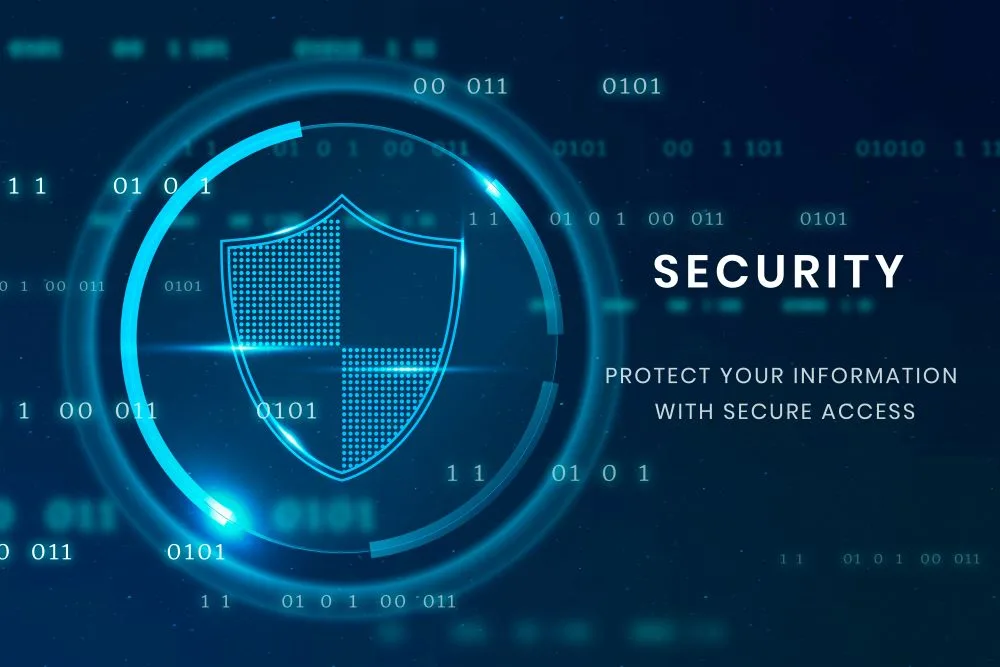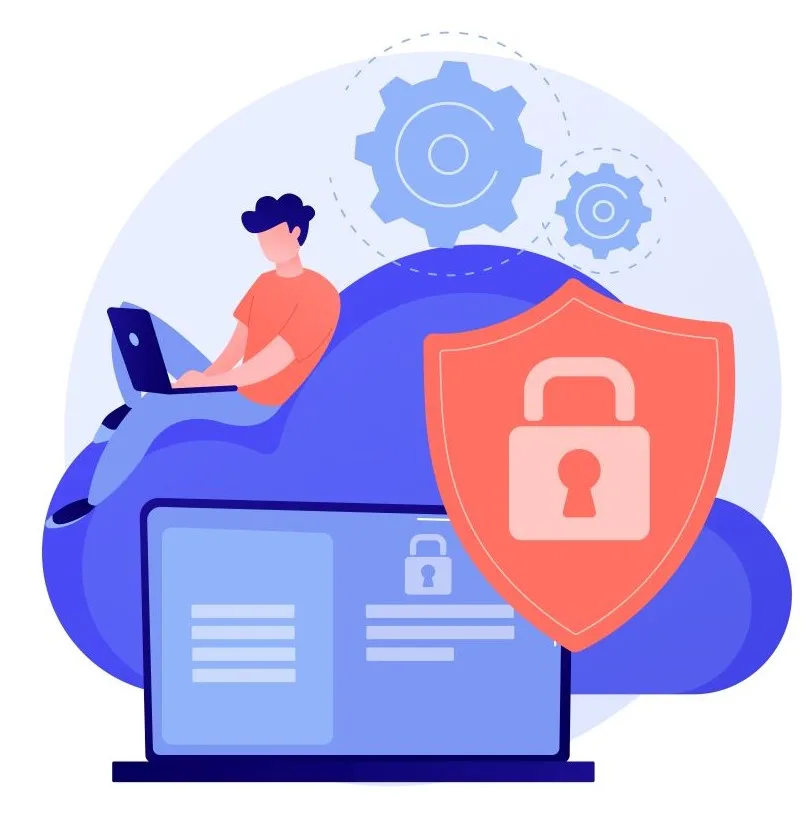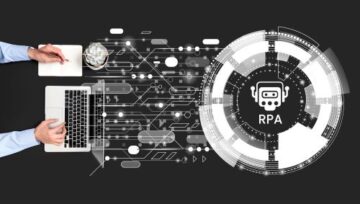Cybersecurity is a protective cover that shields information, personal data, and everything available on the internet-connected system. In a highly digitized world, there is a greater risk of data breaches, theft, and fraud. Hence, it is crucial to take appropriate measures and secure personal data, intellectual properties, banking information, etc.
What is cybersecurity
Cybersecurity, also known as electronic or IT security, is a technique to safeguard different types of data from digital attacks. It can contain multiple layers of safety across programs, computers, networks, and many things which are prone to attacks. It is especially critical in organizations that carry sensitive information related to businesses, the military, intelligence bureaus, the government, etc.
According to World Economic Forum, 95% of cybercrimes happen due to the unawareness of users. Our safety can be enhanced by enabling two-step authentication, setting strong passwords, using VPN, and not clicking phishing links. Organizations require specific tools to defend against cyber threats from computers, smart devices, networks, clouds, and routers. General practices include installing antivirus, malware protection, email security solutions, and DNS filtering.
Cybersecurity will be the basic need for human survival in the coming days. Fortune Business Insights estimated that the global IT security market is expected to reach $366.1 billion in 2028.

Types of cyberattacks
Primarily, cybercrimes involve:
- Information monitoring and control using mobile malware that tracks sensitive data
- Controlling the system using Botnet and Trojan
- Stealing information using spyware
Network attacks
Attackers can hijack a network connection to steal sensitive information, and attack the network protocol or network device software. A few common network attacks include unauthorized access, DDos (distributed denial of service), SQL injection, etc.
Hardware attacks
It comprises hardware tampering and accessing memory. These attacks are dangerous as they can modify the hardware access and gain the key to the system. Such crimes can be harmful to surveillance systems, network applications, and control systems.
Application attacks
Application crimes are client-side web attacks and phishing. The phishing scam involves impersonating a reputable entity or person to obtain sensitive information, including credentials and credit card numbers. Phishing is also grouped into:
- Clone phishing: In this type, the email content and recipient address are replicated and used to make nearly similar or cloned emails.
- Whaling: Whaling attacks are phishing attacks that aim specifically at high-profile targets within businesses, namely senior executives and other high-profile people.
- Spear phishing: The act of targeting anyone or any organization by phishing is known as spear phishing. Approximately 91% of Internet attacks today use this technique.
As per Verizon, data breaches in 2021 involved 40% phishing, 11% malware, and 22% hacking.
How to classify cybersecurity technologies

Detection techniques
Detection can be carried out at the network, hardware, and application level by:
- Identifying the general attack behavior and monitoring the system
- Experts manually build the mark or signature (of a generic attack) by defining the malicious conduct.
- Automatic analysis method
- Understanding the regular practices and catching the deviations
Ecosystem
Cybersecurity techniques can be applied to various ecosystems. For instance, consider IoT, mobiles, and enterprise.
- IoT: Sensor networks and IP-enabled devices
- Mobiles: Smartphones and tablets
- Enterprise: Servers, network devices, PCs, cloud, and web technologies.
System architecture
A typical system architecture requires a designed cybersecurity package. Generally, the structure falls into three types:
- Centralized: This architecture involves installing client software on the system and running the detection algorithm on a central server. It is preferred when the system needs to determine the malicious behavior of a particular web domain. The server responds according to its blacklist once it receives the URL.
- Standalone: In this structure, cybersecurity is installed only on the local machine. It does not transfer the data across networks. First-generation antivirus products commonly used this configuration, where the system handled all detection tasks locally.
- Collaborative: It is a distributed system in which sensors placed on separate network nodes collaborate to detect anomalies using algorithms.
Data
Data is one of the mediums to differentiate the cybersecurity system. The host intrusion detection verifies system call operations by using an application that is active on a host. On the other hand, network intrusion identifies network packets at different protocols. Cybersecurity data is divided into three categories.
- File Data: It contains various files such as PDFs, media files, etc. that are inspected for any risk.
- Application data: It involves inspecting data swapping on the network and system calls done through the application. Depending on the operation, some system calls and function libraries examine only the call itself, while others access its definite parameters.
- Network data: Here, the network packets are examined.
Other solutions
Other solutions include:
- Filtering content (email phishing or proxies)
- Endpoint solutions (file system data or system calls)
- Network solutions (firewalls)
Cyber security modes
Cloud computing
Nowadays, cloud services are being adopted by numerous companies. Though cloud solutions are constantly developing, they also pose security concerns. Policy controls and the cloud should evolve at a faster rate to protect all the crucial data. Banks heavily rely on cloud computing.

Encryption
Encryption is a method of encoding information that will be decoded by only the user. No hackers can read or understand it. It is performed with an algorithm that transforms the readable text into an unreadable format. Encryption is executed by the encryption key that defines the encoding format for a message. This field is also advancing and bringing more challenges for cybersecurity experts. The best thing about encryption is that it can protect data in transit like data transfer through mobiles, the internet, wireless devices, etc.
According to Risk-based Security, 22 billion records were exposed through data breaches in 2021.
Advanced Persistent Threat (APT)
It is the latest trend in cybercrime. Detecting targeted attacks has become easier thanks to network security features like web filtering or intrusion prevention systems. With attackers using vague tactics, network security must blend with other security solutions to detect threats.
Web servers
Data extraction and the distribution of malicious code are potential threats to web applications. Criminals distribute malicious software via compromised legitimate web servers. The security of web servers and web applications must be emphasized. Cybercriminals are especially adept at stealing data from web servers. For this reason, it is always recommended to use a safer browser during important transactions to avoid becoming victims of these crimes.
One of history’s most significant data breaches occurred at Yahoo.
IPv6
IPv6 is the new Internet protocol which is an advanced version of IPV4 capabilities. Despite IPv6 replacing IPv4, security policies must account for some fundamental changes to the protocol. Therefore, switching to IPv6 as soon as possible will reduce cybercrime risks.
Increasing interconnection and use of networks for critical transactions have increased the importance of computer security. Information security and cybercrime continue to evolve with each passing year. It is impossible to completely eradicate digital attacks, but we should do our utmost to minimize them for a secure future.




[…] Biometric scanners for cybersecurity […]
[…] our article about exploring cybersecurity modes and classes to understand different types of cyber fraud and their […]
[…] of shielding computers, programs, networks, and additional sorts of data from digital attacks. Cybersecurity protects data confidentiality, availability, and integration. It can be achieved with encryption, […]